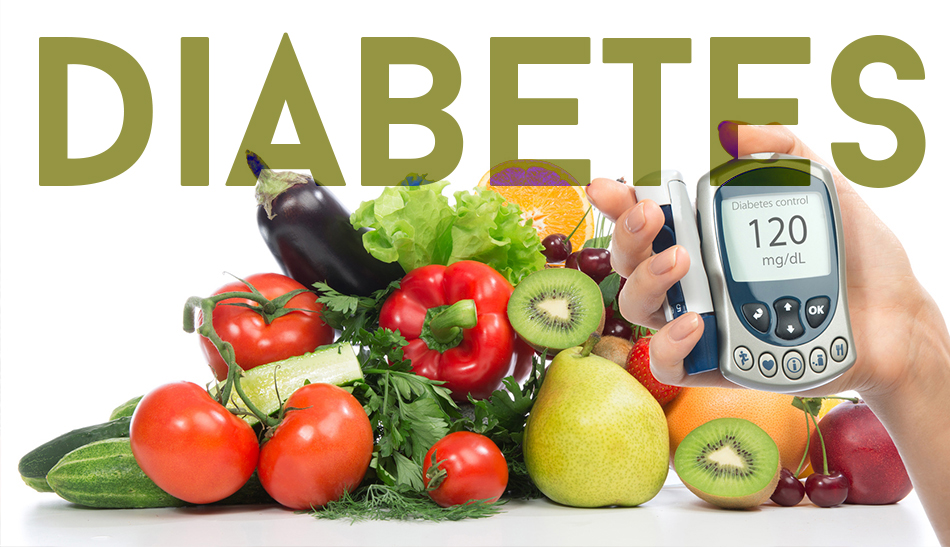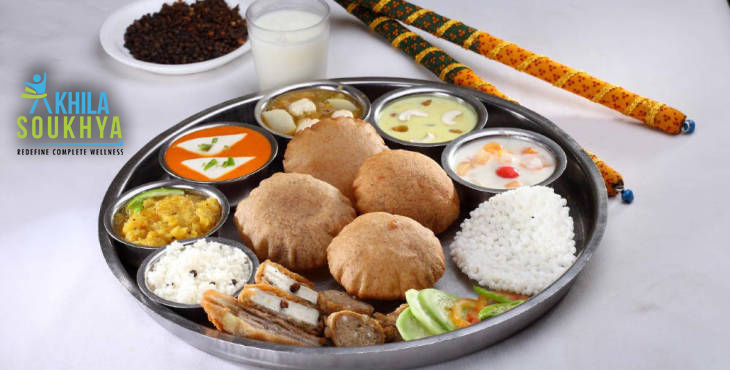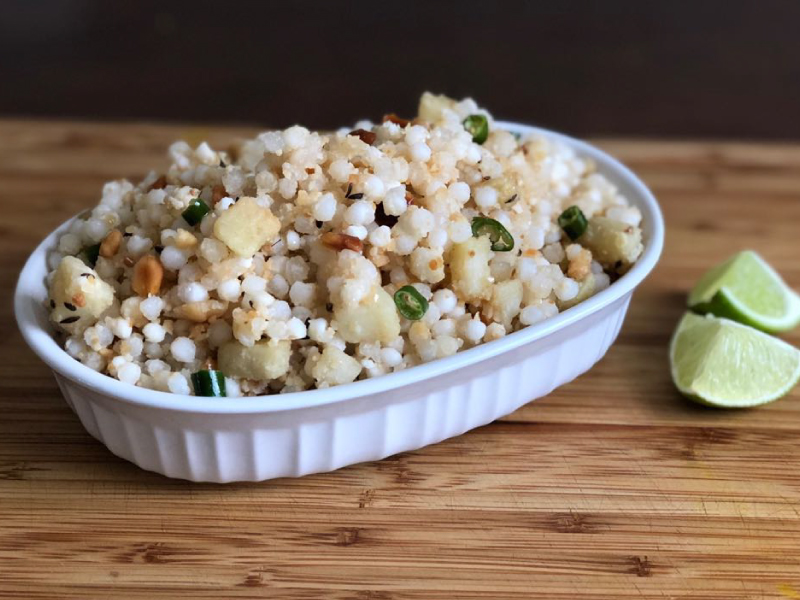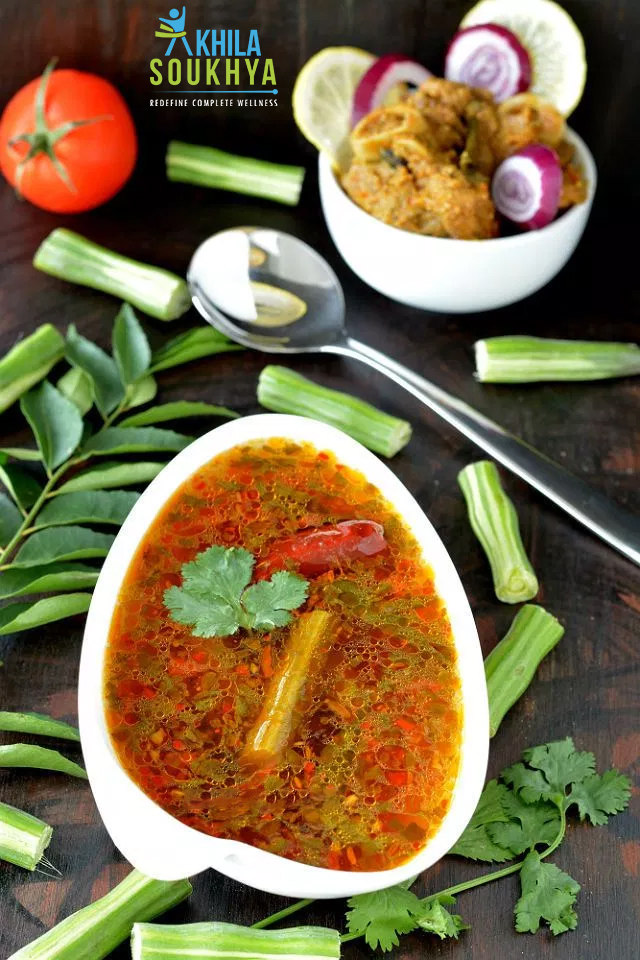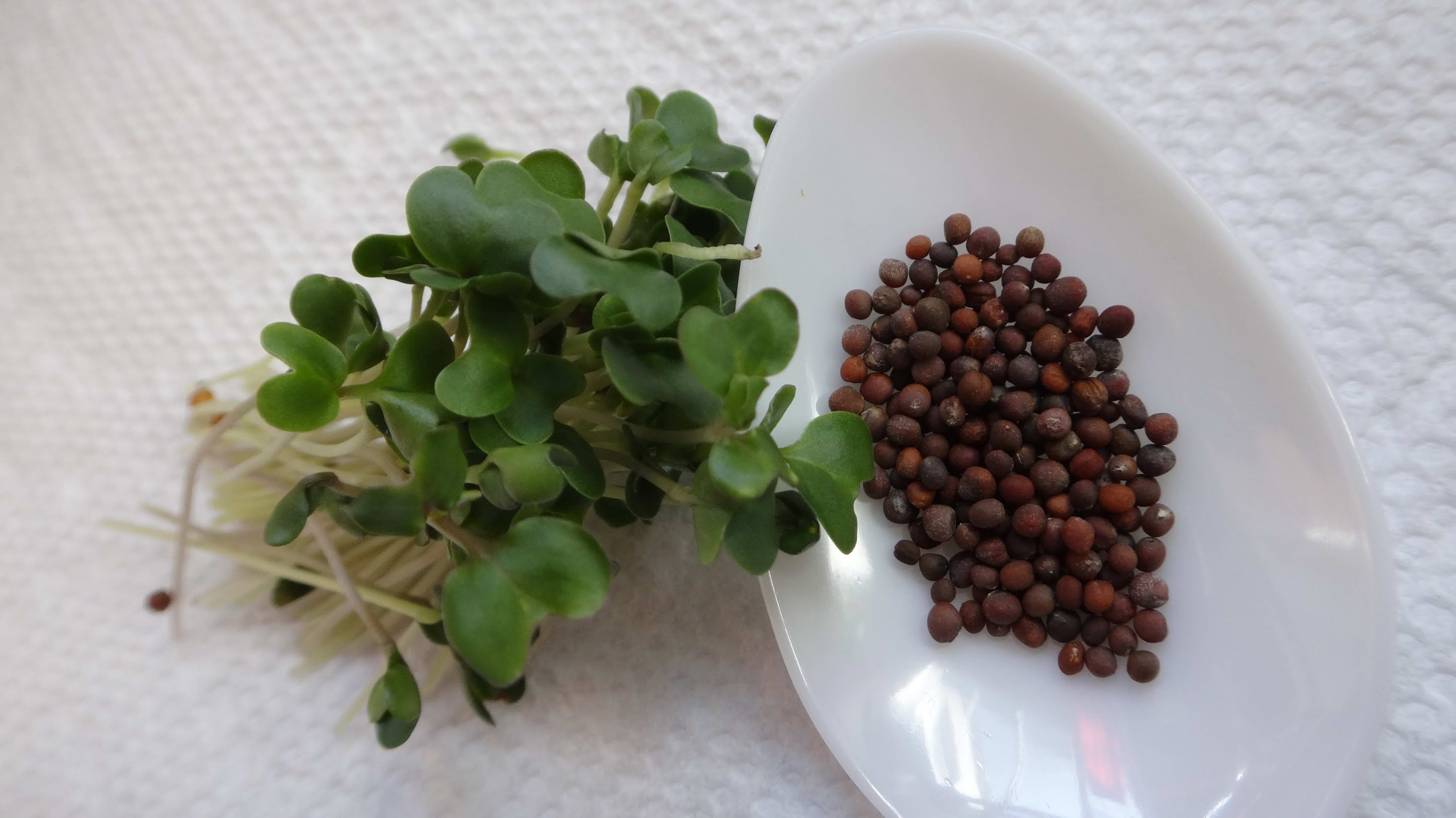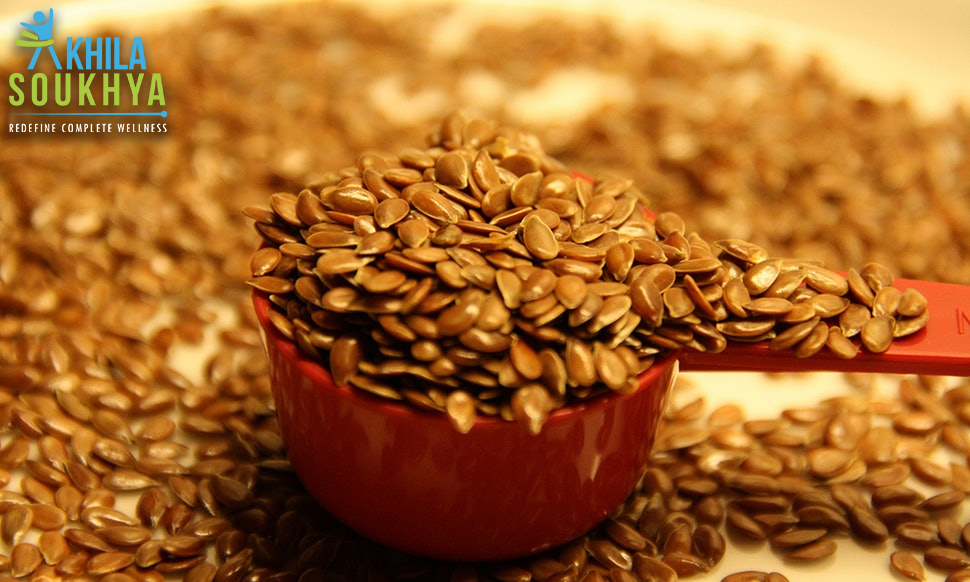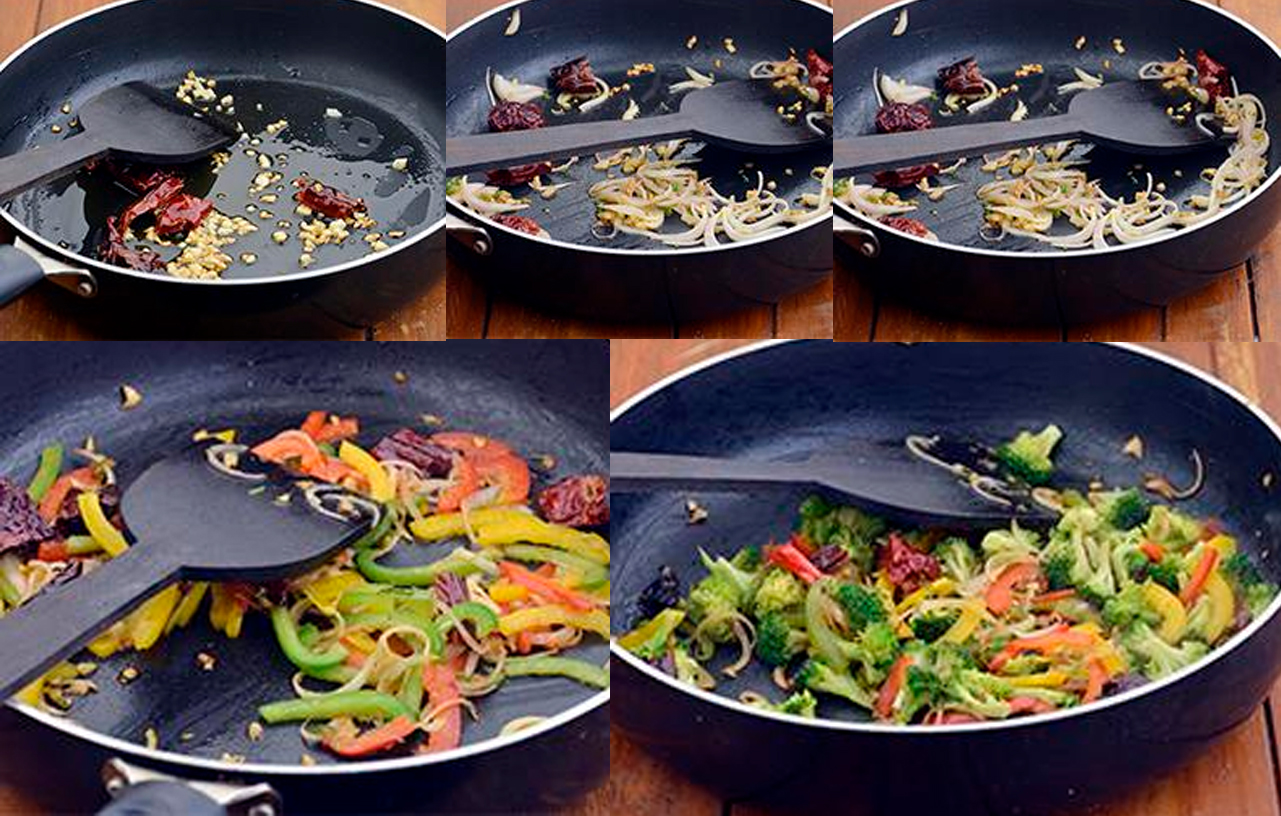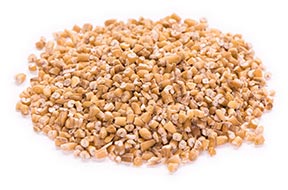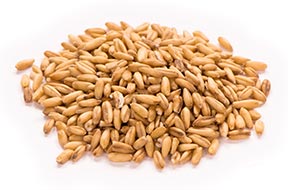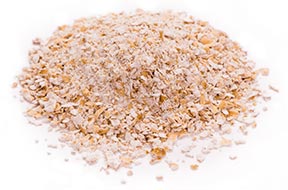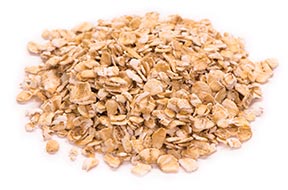Everyone experiences anxiety. In fact, being unable to do so can be a sign of a serious psychological problem. In our hazardous world, anxiety is a strategy the body uses to help the mind recognize danger and keep well out of its way.
As with most mental illnesses, it’s not the presence of anxiety alone that creates problems. It is more about how severe it is and how much it gets in one’s way of life or quality of living. Most people feel anxious at some time in their lives.
However, only about five per cent of people experience severe anxiety and rarely seek
professional help. Anxiety is a mixture of physical and mental symptoms. They are part of what psychologists call the “fight or flight” response.
When the body is under threat it automatically prepares either to defend itself or run.
Anxiety is a normal reaction to stress. It helps one deal with a tense situation in the office, study harder for an exam, or remain focused on an important speech. In general, it helps one cope with the tasks and demands of everyday life. But when anxiety becomes an excessive, irrational dread of everyday situations, it can become a disabling disorder.
Fortunately, effective treatments for anxiety disorders are available, and research is yielding new and improved therapies that can help most people with anxiety disorders lead productive and fulfilling lives.

However, studies have shown that having a healthy diet may reduce signs and symptoms of anxiety. Although food can’t cure an anxiety disorder, consider some diet changes and that would benefit a severely anxious person:
•Avoid or limit caffeine intake as much as possible.
Caffeine is present in many soft drinks, not just in tea and coffee and it can set up its own vicious cycle. It can speed up heart rate and disrupt sleep — which later on become prevailing signs of anxiety. Trying to overcome tiredness by drinking more caffeine only makes the long-term problem worse.
•Avoid too much alcohol.
Similarly, alcohol can worsen the symptoms of anxiety, and disrupt sleep. Many people reach for a drink to calm their nerves, but the consequences of overindulgence can outweigh the benefits of initial relaxation. For some, a hangover, insomnia, and dehydration make one feel worse than before one had a drink. In excessive amounts, alcohol can actually act as a depressant, making the drinker feel sluggish or more anxious.
Alcohol, like a simple sugar, is rapidly absorbed by the body. Like other sugars, alcohol increases hypoglycemia symptoms. It also causes mood swings.
•Eat complex carbohydrates,
also known as carbs. During anxious times, turn to comforting carbs. These foods act as a mild tranquilizer by increasing the amount of serotonin, a calming neurotransmitter in the brain. Complex carbs such as potatoes, wholewheat bread, and pasta take longer to
digest than sugary simple carbs like white bread.
That way, one can stay fuller longer and blood sugar is likely to stay steady, eliminating stress and anxiety.
•Be sure to drink eight or more glasses of water a day.
Dehydration can lead to fatigue, headaches and stress. One should be well-hydrated and drinking lots of water a day can decrease symptoms of anxiety.
•Take multivitamins and mineral supplements.
B vitamins, whose role is to unlock the energy in food, are crucial. Vitamin B-6 helps manufacture serotonin in the brain. Choose a daily supplement that supplies 100 per cent of the daily recommendation of all vitamins and minerals.
Although tension and daily stresses are unavoidable, one can relieve tension and manage stress and anxiety better by watching out for what one eats and what one does not eat. Remember that a healthy body and a healthy mind are often one and the same thing.


